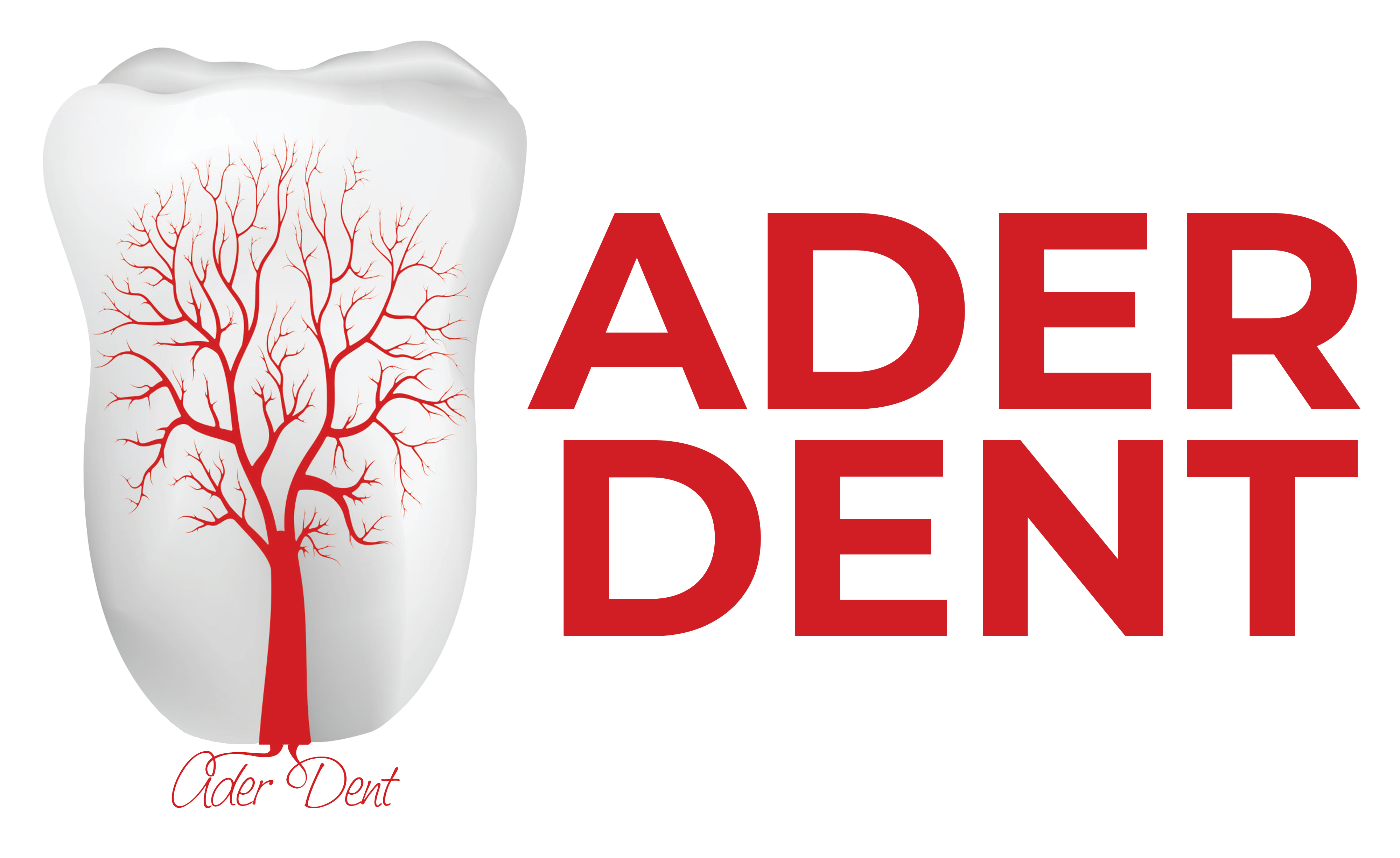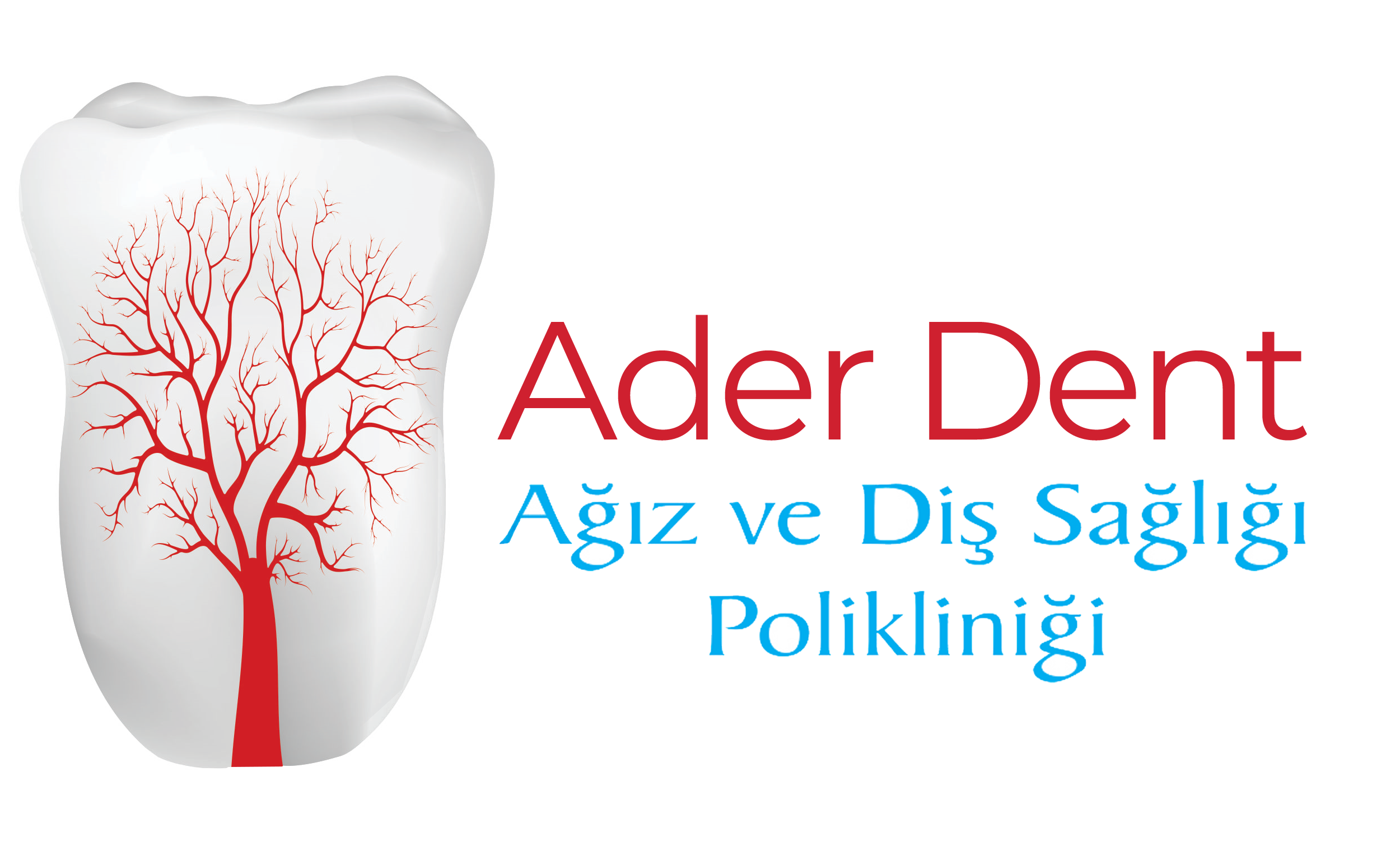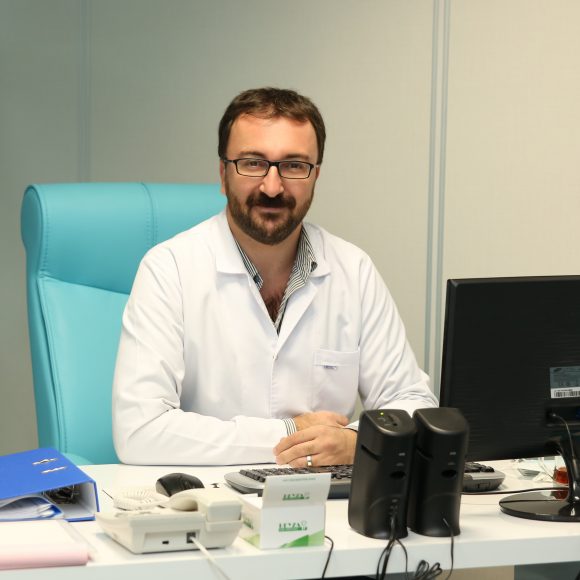Zirconium crowns are a method that covers teeth aesthetically and durably thanks to their zirconium dioxide framework and strong biomechanical properties. Since they do not contain metal, they are preferred as an alternative to traditional metal crowns and are used to address problems such as tooth decay, fractures, or discoloration.
Dental crowns are generally divided into two groups: metal-containing and metal-free. Zirconium crowns are a type of metal-free porcelain crown prepared on a zirconium dioxide framework. Zirconium is processed in special ovens with oxygen and then transformed into zirconia ceramic, which is used to make dental crowns.
Zirconium dental crowns are usually applied using the porcelain crown method. In this process, pure zirconium goes through various treatments to become zirconia ceramic, and after being processed in special ovens, it is used for teeth.
Zirconium Crowns in Istanbul
Are your teeth worn, chipped, or misaligned? Do you feel self-conscious about old metal-ceramic crowns or uneven tooth color?
Zirconium crowns provide a durable and protective solution for teeth while restoring a natural and aesthetically pleasing appearance. These metal-free crowns are highly durable, biocompatible, and custom-designed to match the shape, size, and color of your natural teeth, ensuring both functionality and aesthetics. They are ideal for teeth that are structurally weak, severely worn, or aesthetically unpleasing, providing a long-lasting and seamless restoration.
If your teeth are generally healthy but you are looking for subtle improvements in color or shape, laminate veneers may be a better fit. Veneers allow minor adjustments to your smile while preserving most of your natural tooth structure.
Zirconium Crowns: Durable and Natural-Looking Teeth
A zirconium crown involves covering the surfaces of teeth with zirconium, a strong and durable material. Zirconium is stronger than other porcelain and metal crowns due to its monolithic structure and transparency, which are compatible with natural tooth enamel. Its high biocompatibility reduces the likelihood of adverse reactions in the gums or surrounding tissue.
Processed in special ovens with oxygen, zirconium is transformed into zirconia ceramic and used as a dental crown material. It is commonly applied for front teeth due to aesthetic reasons but can also be used for covering missing teeth or protecting tooth surfaces. Zirconium crowns help maintain chewing function and support overall dental health.
Zirconium crowns mimic the natural color and structure of teeth and are made from white, metal-free material. They are used in restorative dentistry to support both aesthetics and function.
Features of Zirconium Dental Crowns
Zirconium dental crowns can be applied to both upper and lower teeth. They are preferred for front teeth for aesthetic reasons and for back teeth where durability and strength are important. Key features include:
- Manufactured through a special firing process
- Highly resistant to fracture, cracking, and wear
- Low thermal conductivity, reducing sensitivity to hot or cold
- Metal-free
- Transmits light like natural teeth
- Biocompatible with gums
- Smooth and glossy surface prevents plaque accumulation
- Resistant to corrosion
- Long-lasting with proper care
Monolithic zirconium crowns have a single-piece structure that prevents surface fractures and reduces the risk of breaking compared to ceramic crowns. They are compatible with the human body and suitable for restorative applications including implants and crown treatments.
How Are Zirconium Crowns Applied?
The application of zirconium crowns is similar to other dental crown methods. Before starting, the existing problems in the teeth are examined in detail and necessary assessments are made. Preparations are carried out for issues such as tooth loss, decay, or fractures. The application process of zirconium crowns includes the following steps:
- Teeth are reduced to fit the crown, and intraoral measurements are taken digitally.
- Measurements are sent to the laboratory using CAD/CAM technology, and custom zirconium crowns are prepared for the patient.
- The color of the zirconium crown is selected together with the patient from different shade options.
- Temporary teeth are placed while the crowns are being prepared, which usually takes about 4–5 days in the lab.
- Local anesthesia is applied for patient comfort during the procedure.
- Necessary adjustments to the crown size are made before placement.
- Temporary teeth are removed, and zirconium crowns are fixed to the teeth using special transparent cement.
- After the procedure, it is recommended to avoid eating or drinking for half an hour, and regular check-ups are necessary for long-term use and aesthetic harmony.
Through these steps, zirconium crowns are successfully applied both aesthetically and functionally, providing a healthy smile for a long time.
Who Can Get Zirconium Crowns?
Anyone dissatisfied with their teeth or seeking a more aesthetic smile can get zirconium crowns. However, individuals under 18, whose jaw and teeth are still developing, should wait until growth is complete before undergoing zirconium treatment.
People who often get zirconium crowns usually have the following dental problems:
- Decayed teeth
- Gaps between teeth (diastema)
- Fractured teeth due to trauma
- Discolored or stained teeth
- Teeth that do not improve with whitening treatments
- Missing teeth
- Aesthetic loss due to gum recession
- Fillings that are not aesthetically pleasing
- Mild to moderate misalignment of teeth
- Teeth with crowns or bridges already applied
Zirconium Dental Crown Models and Lifespan
The lifespan of zirconium crowns varies depending on individual care and dental health. With proper maintenance, they can last for many years, while improper procedures or poor oral hygiene may shorten their durability.
Minor cosmetic defects can sometimes be corrected with composite fillings. When greater restoration is needed, porcelain veneers or zirconium crowns are preferred. Veneer procedures usually involve minimal tooth reduction, while crown planning allows adjustments based on the condition and shape of the teeth.
Difference Between Zirconium and Veneer Crowns
The main difference between zirconium crowns and veneers is how much of the tooth they cover and the level of protection they provide. Zirconium crowns completely encase the entire tooth, offering maximum durability, strength, and full protection against damage or wear.
They are ideal for teeth that are weakened, fractured, or require significant restoration. Veneers, on the other hand, cover only the front surface of the tooth and involve minimal removal of enamel, primarily improving appearance and shape without providing full structural protection. This makes veneers suitable for minor cosmetic adjustments, while zirconium crowns are recommended when both aesthetics and tooth strength are necessary.
Difference Between Zirconium and Metal-Supported Crowns
Metal-supported crowns have a metal substructure covered with porcelain and are known for their strength and longevity. Zirconium crowns, however, are completely metal-free, made on a zirconium dioxide framework with porcelain applied on top, providing a very natural tooth-like appearance.
Services Offered for Zirconium Crowns in Istanbul, Turkey
Zirconium crowns are used to restore damaged, worn, or discolored teeth while maintaining their natural function and appearance. Common procedures involved in zirconium crown applications include:
- Comprehensive Dental Examination and Diagnosis: Assessment of oral health using X-rays and 3D imaging to evaluate tooth condition and crown suitability.
- Tooth Preparation: Careful shaping of the tooth to ensure a precise fit while preserving as much natural structure as possible.
- Custom Crown Design and Fabrication: Zirconium crowns are crafted in a dental laboratory to match the color, size, and shape of the existing teeth.
- Crown Placement and Cementation: Accurate placement of the crown to ensure proper bite alignment and stability.
- Follow-up Care: Periodic check-ups to monitor the crown and overall oral health.
- Oral Hygiene Guidance: Instructions for maintaining both the crowns and natural teeth to support long-term functionality and hygiene.
These procedures are aimed at restoring tooth structure and appearance effectively while supporting oral health, without implying any promotion of a specific clinic or service provider.
Who Should Not Get Zirconium Crowns?
Zirconium crowns are not suitable for every patient. Although they benefit a wide range of patients, zirconium crowns are not recommended in the following cases:
- Individuals under 18 whose jaw development is not complete
- Patients with jaw misalignment or structural issues
- Patients who require different dental treatment before crown placement
For patients with these conditions, zirconium crowns are not recommended. Proper oral care after the procedure is important for the longevity and aesthetics of the crowns.


 TR
TR





